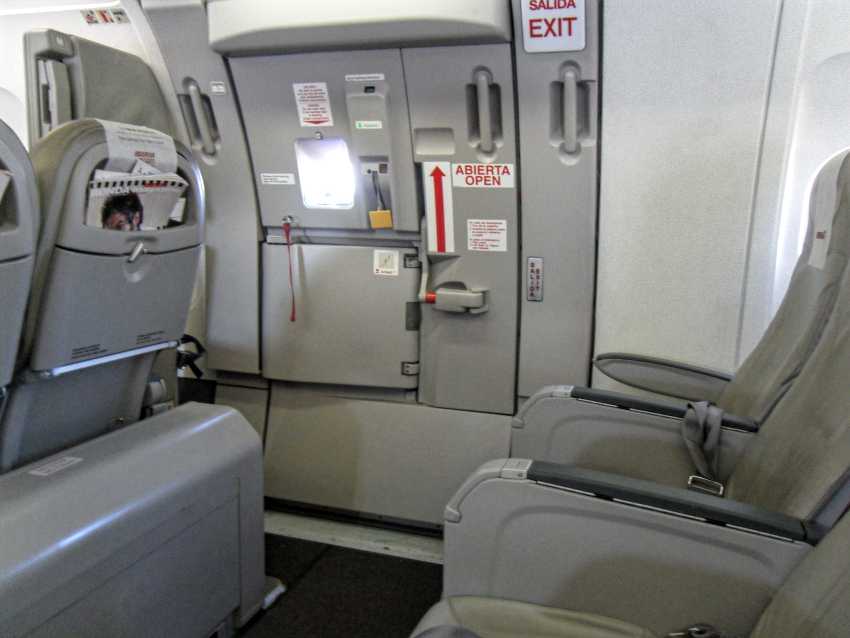Opening A Cabin Door Mid-Flight Is Nearly Impossible

It’s always so dramatic in the movies—the emergency door in the airplane cabin opens and begins sucking everyone and everything out into the wide blue yonder. This is generally the moment in which our hero does something both daring and impractical, thus saving the day and rescuing the beautiful love interest who was introduced in the first act.
The reality’s a bit less exciting. While a opening the door mid-flight is not recommended, cabin doors are designed to keep such a thing from happening. The portal in question is always a plug door—which is larger than the opening it covers. This, combined with safety locks and the pressure within the cabin itself, work to hold the door firmly in the frame and prevent your flight from turning into an action movie.
While we’re on the subject, the way aircraft are pressurized is pretty interesting too. During the jet engine’s compressor stage, air is “bled off” and fed under pressure into the cabin, thus creating and maintaining a safe and comfortable environment for the passengers and crew. Military aircraft and spacecraft use a different version, with high-tech cryogenic tanks doing the heavy lifting for pressurization.
